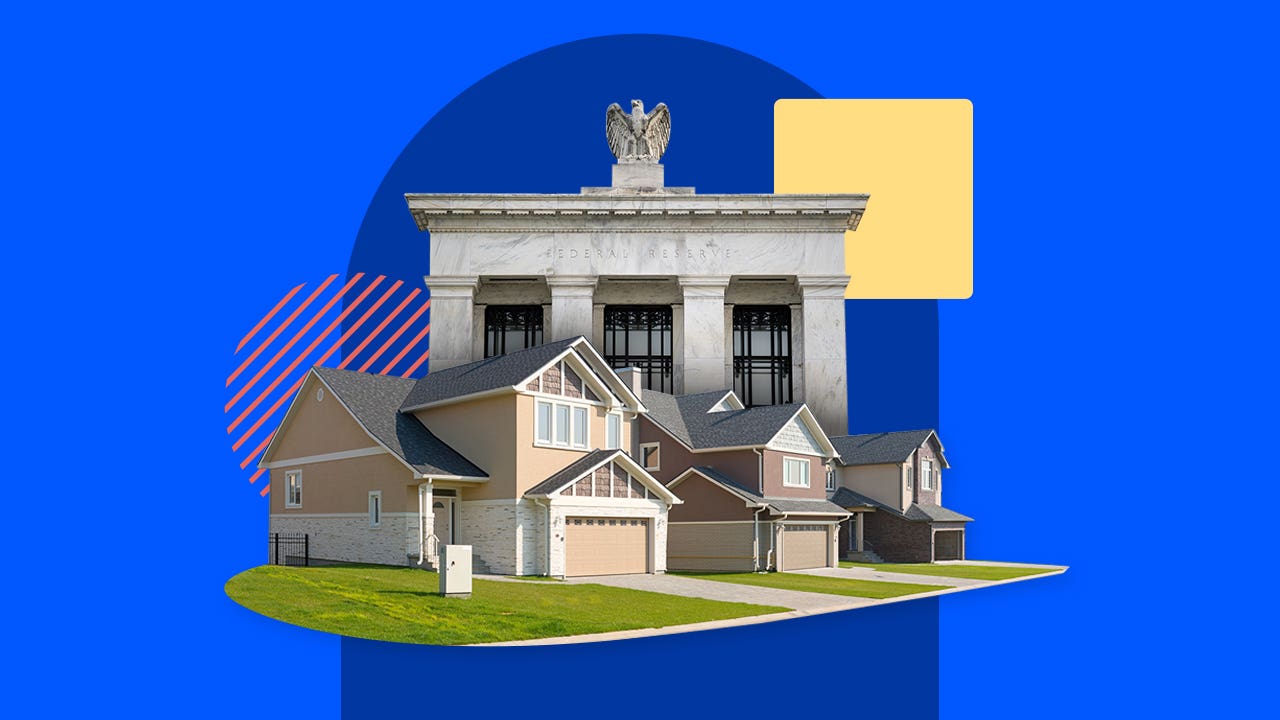
Rates increase as Fed keeps rates unchanged - Today's mortgage and refinance rates, May 9, 2025
The average rate you'll pay for a 30-year fixed mortgage today is 6.83, the average 15-year fixed-mortgage rate is 6.01 percent, and the average 5/1 ARM rate is 6.25 percent.







